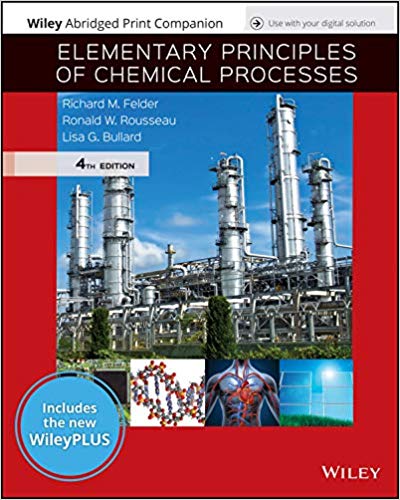Answered step by step
Verified Expert Solution
Question
1 Approved Answer
HI , I REALLY NEED THESE QUESTIONS ANSWERED AS SOON AS POSSIBLE PLEASE! Thank you! GLP - 1 receptor agonists like Semaglutide ( Ozempic ,
HI I REALLY NEED THESE QUESTIONS ANSWERED AS SOON AS POSSIBLE PLEASE! Thank you!
GLP receptor agonists like Semaglutide Ozempic Wegovy are a group of compounds that help stabilize blood sugar in Type II Diabetics. A small company wants to make approximately doses of Semaglutide by making the precursor protein for Semaglutide via fermentation using the bacteria E coli, with glucose as substrate and ammonium chloride as the source of nitrogen. Air is bubbled into the reactor to provide oxygen. At the start, gL of glucose and gL of ammonium chloride is added to L of media. After hours of batch operation, by volume of glucose remains and a feed stream is started at a flow rate of Lhr for hours. The feed contains gL glucose and a certain concentration of ammonium chloride. At the end of the fedbatch, the reactor is harvested with gL cells, grams of Semaglutide, and by volume glucose. All of the ammonium chloride was consumed. The fermentation temperature is deg C and the stirrer power is kW Assume no Semaglutide was present initially, and that starting cell concentration and trace nutrients were negligible.
Questions may not be in sequential order.
Calculate the yield of cells produced per gram glucose consumed, YXS in g cellsg glucose.
How many kilograms of glucose were consumed over the entire fermentation?
Determine all the coefficients a b c d e and f for the general stoichiometric equation for E coli cells producing Semaglutide from glucose by solving using simultaneuos equations.
To improve the sustainability of this process, the carbon dioxide generated is to be used in a biofuel production process. If of the carbon dioxide generated over the course of the fermentation remains dissolved in the media, what mass of carbon dioxide can be supplied to the biofuel process? Units in kg
Calculate the flowrate of air bubbled into the bioreactor over the course of the fermentation given that air has a weight fraction of oxygen and air is supplied at a excess of the stoichiometric requirements. Units in Lmin
Find the value of the yield coefficient, YPS in g Semaglutideg Glucose.
Assuming that the carbon dioxide produced remains the same, and the glucose consumption also remains the same, how much Semaglutide could we theoretically make if the system was operated at thermodynamic maximum? Units in kg
Determine the concentration of ammonium chloride in gL that was present in the fedbatch feed stream.
Calculate the production rate of Semaglutide in mghr
Estimate the heat duty, Q for this fermentation in kJ given that of the final reactor volume evaporated. Does this reactor need to be heated or cooled? Assume that rho mediarho water. Answer should be in scientific notation
POSSIBLY USEFUL INFO
General Stoichiometric Equation Including Product:
Cw Hx Oy NzaObHg Oh NicCn Oo NpdCOeH OfCj Hk Ol Nm
Escherichia Coli CH O N with ash
Semaglutide C H N O Molecular Weight
Glucose C H O Molecular Weight
Ammonium chloride NH Cl Molecular Weight
Oxygen O Molecular Weight
Carbon dioxide CO Molecular Weight
Densities: Glucose g L Air gL Oxygen gL Water gmL Ammonium chloride gmL
Overall energy balance for bioreactor: HrxnMv hvQWs
hv of water at deg C kJkg
Hrxn for aerobic reactions kJmol O
Atomic masses: C H N O Cl
Conversions: g mgm LL mL
Step by Step Solution
There are 3 Steps involved in it
Step: 1

Get Instant Access to Expert-Tailored Solutions
See step-by-step solutions with expert insights and AI powered tools for academic success
Step: 2

Step: 3

Ace Your Homework with AI
Get the answers you need in no time with our AI-driven, step-by-step assistance
Get Started


